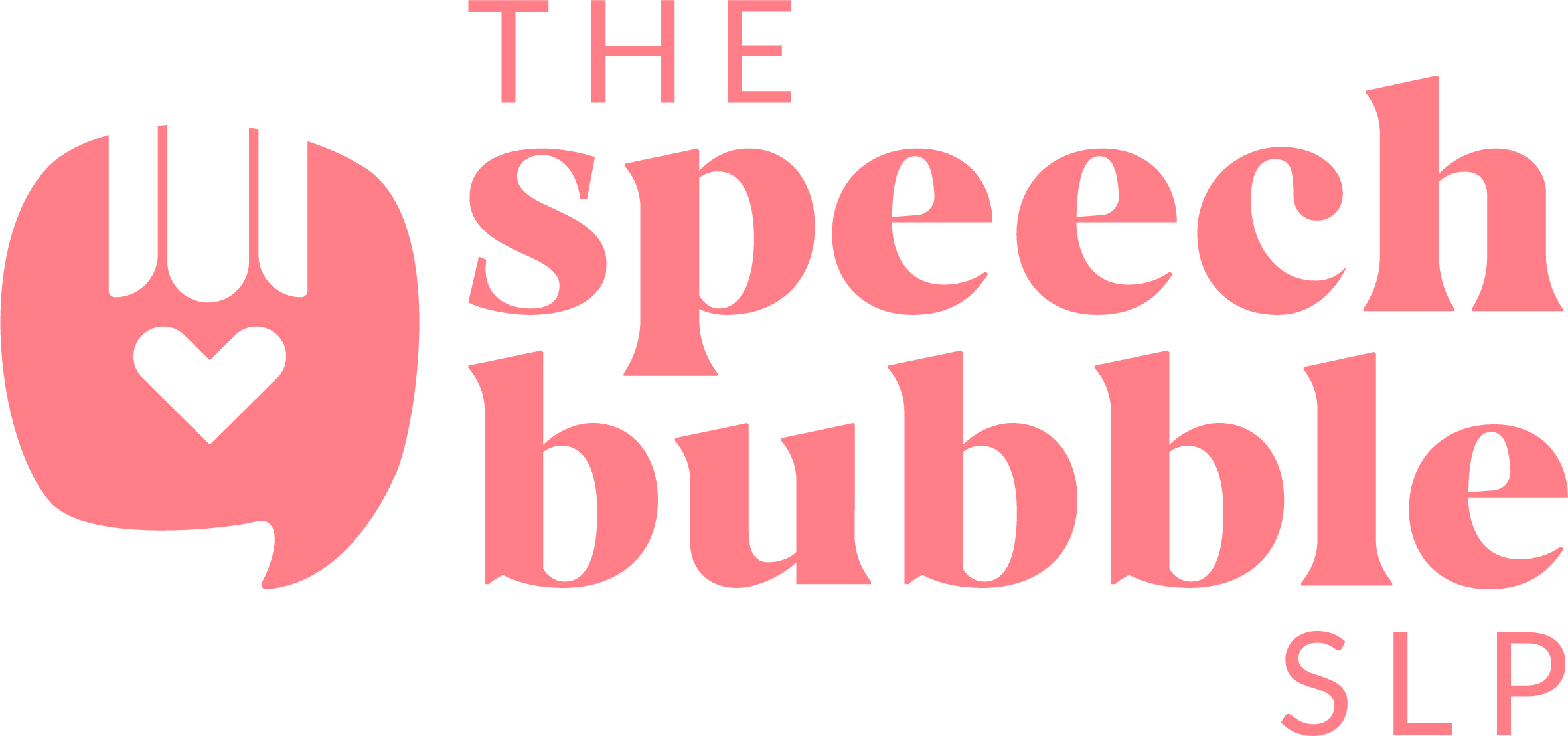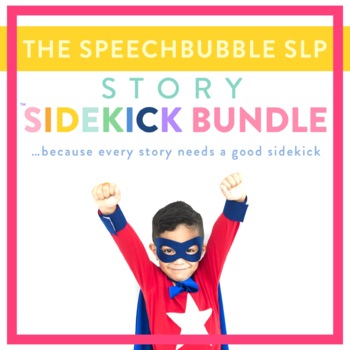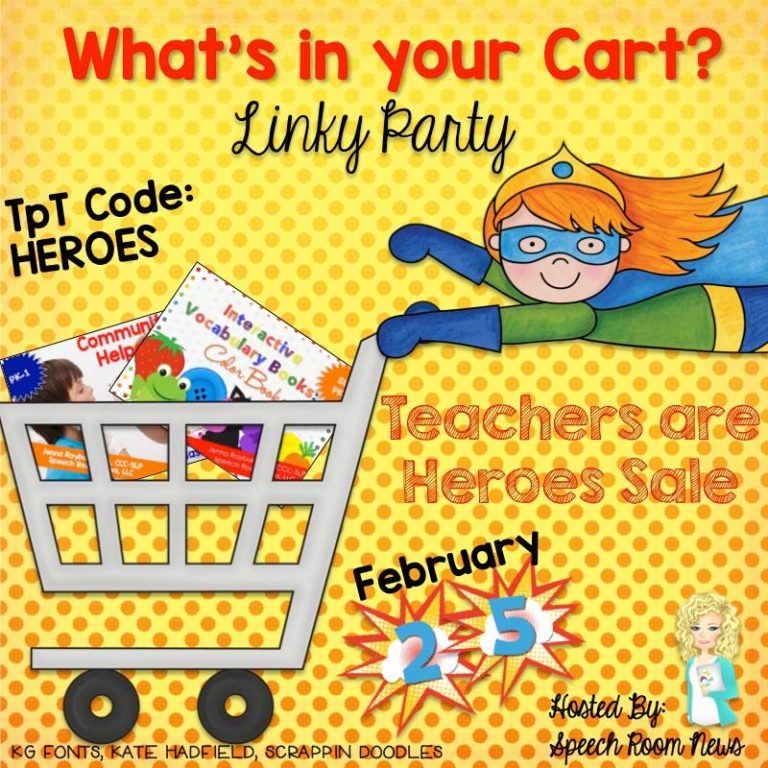Thanks so much to Carrie for including me in her ‘Bloggy Birthday’ celebration! Congrats! My name is Maureen Wilson M.S., CCC-SLP and I am a school-based SLP. I write the blog, The Speech Bubble 🙂
Today I want to share some tips and resources that I have found to be helpful when working with students who stutter. Fluency can be a tricky and complicated area. In the schools, opportunities to work with fluency students can be scattered, making it difficult to gain knowledge and experience. Here are some points I have picked up that have been helpful to me when working with this group.
Does the student already have diagnosis?
Does the student being brought up for fluency concerns already have a diagnosis of stuttering? If not, that means that you will need to do some screenings or testing. Remember, RtI can be used with fluency students too! If the student can read, I like to use the ‘Rainbow Passage’ as a screening tool. If they cannot read, picture description is a great way to obtain a speech sample. Make sure you note any disfluencies, the type of disfluency and length of occurrence, as well as % of stuttering. A good sample should be at least 100 syllables in length and you should aim to get at least 3 samples.
Does the student receive outside speech therapy for stuttering?
If you receive a request to see a student for fluency, check to see if they are currently seeing an outside speech therapist. If the parent grants consent, touch base with the outside SLP and collaborate on goals and strategies. Find out what has and hasn’t worked for the student.
Observe and Ask
Make time to observe the student in different settings. I know this can be difficult with our schedules but it really can provide lots of useful information. Watch the child’s body language and amount of class participation. Do they play with other students? Answer questions? Ask the student how they feel about their stuttering. I have had student who truly did not care one bit that they stuttered and others who would be on the verge of tears if you asked them a question. The student’s feelings and perceptions are powerful factors in designing their treatment plan.
Secret Signals
Once your student has begun to master their fluency strategies inside the walls of your speech room helping them transition these skills into the classroom is key. A strategy that my students have had a lot of success with is using a ‘secret signal’. One of my students compared it to having a personal ‘Bat Signal’, ha. You, the teacher, and student create a secret signal that the teacher will use when the student needs a reminder to use their fluency strategies in class. A quick tug on the earlobe has been the best one so far. It is discrete and gets the message conveyed.
So what materials are out there to help you address your student’s fluency goals? Lots! Here are some of my favorites:
– Turtle Talk by Super Duper
– Focus on Fluency Kit by Super Duper: For me, this is a must have!
– Fluency Activity Pack by Miss Speech
– Fluency Frogs by Karen Parden
– Fluency Tools Treatment Packet by Lauren LaCour
– Mega Fluency Packet by Speechy Musings
– CandyLand Fluency by Jenna Rayburn
For more information and resources about stuttering check out:
– The Stuttering Foundation: They have great information and printable handouts for parents and teachers
– The National Stuttering Association
I had done a post awhile ago about a friend of mine who has stuttered his entire life. He shared his experiences and advice on the subject, as well as, some video before and after he attended an intensive fluency program. You can check out that post here.



















2 Responses
Do you mind if I quote a few of your posts as long as I
provide credit and sources back to your webpage?
My website is in the very same niche as yours and my users would really benefit from some of the information
you present here. Please let me know if this ok with you.
Many thanks!
As long as credit is given that is totally fine. Thank you for wanting to include my information 🙂